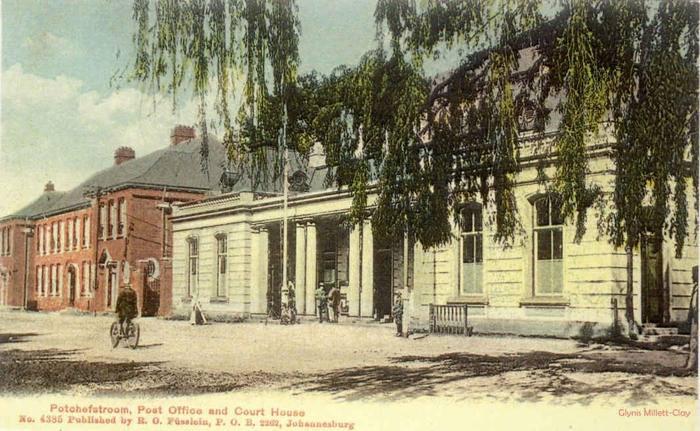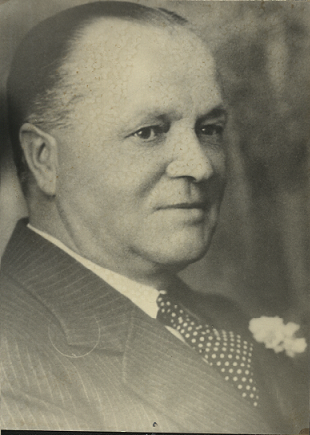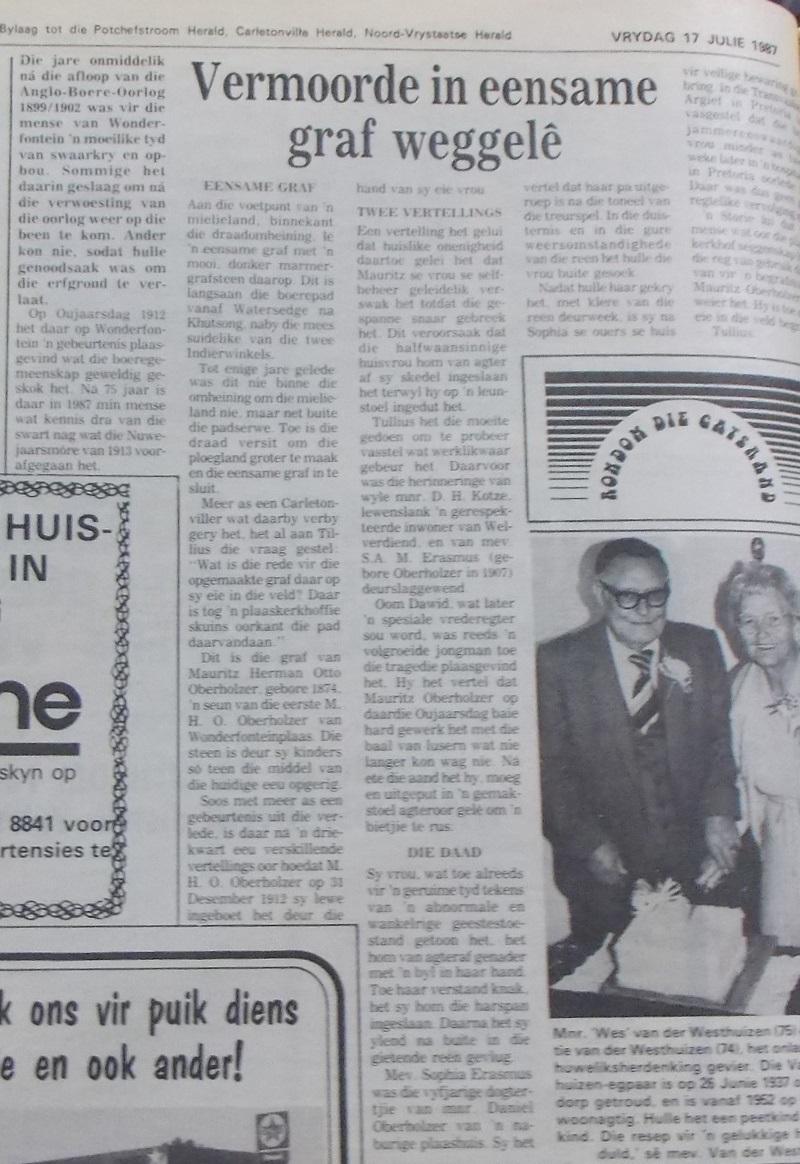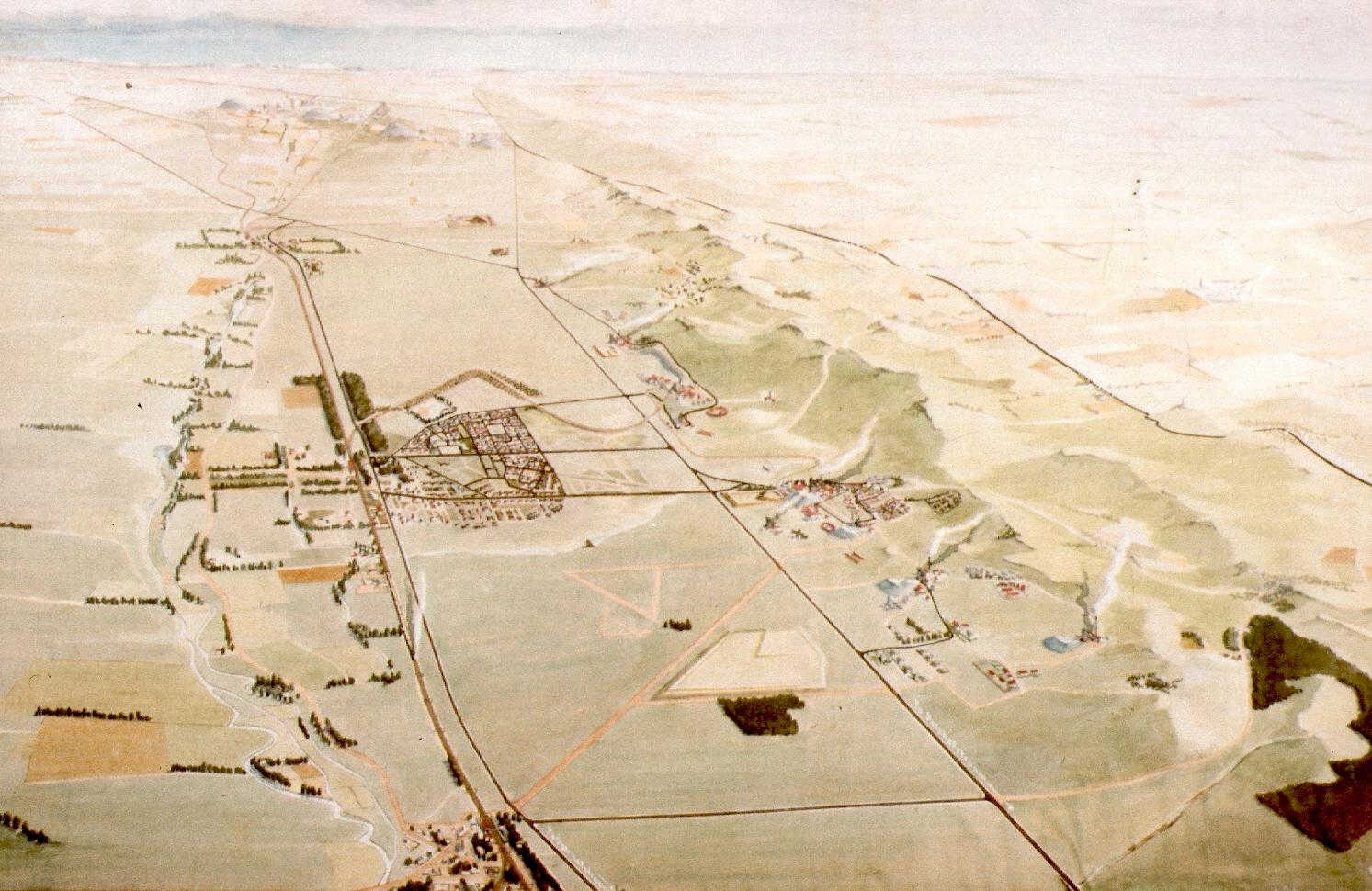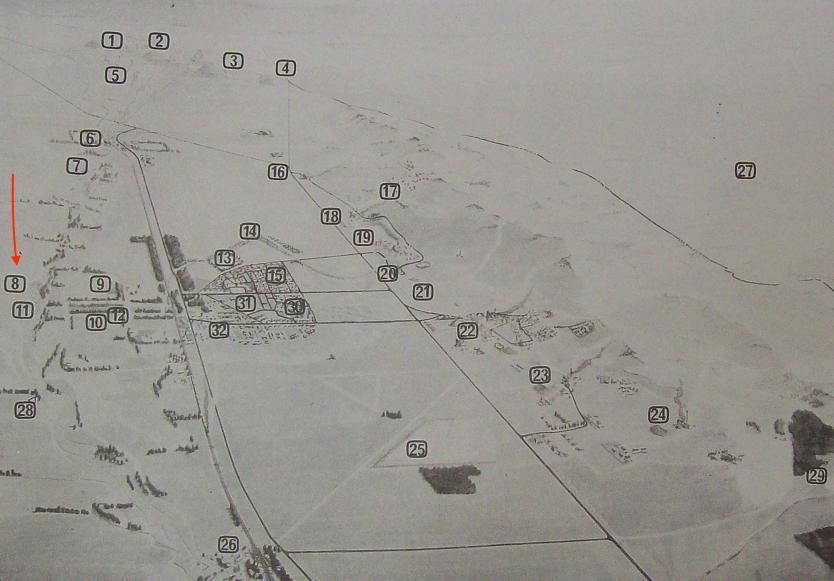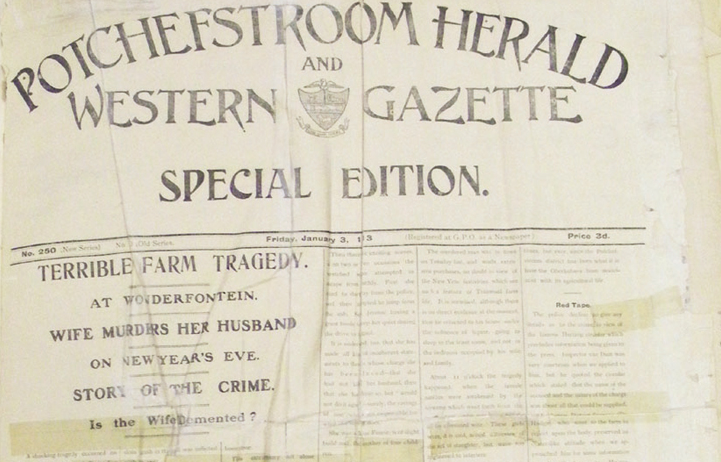
Disclaimer: Any views expressed by individuals and organisations are their own and do not in any way represent the views of The Heritage Portal. If you find any mistakes or historical inaccuracies, please contact the editor.
Potchefstroom experienced its post festive season slump in the first week of January 1913 when a Special Edition of the Potchefstroom Herald shocked the residents from their stupor. I wrote an article about this for the Centenary Edition of the Herald, published in May 2008. (Click here to read more stories from Lennie).
"A shocking tragedy occurred on the night of the 31st of December on the farm Wonderfontein 653, Potchefstroom District, situated between Welverdiend and Bank Stations. A farmer named Mauritz Herman Otto Oberholzer, aged thirty-six years, being murdered, it’s alleged, by his wife, a woman of the same age."
This opening statement begins the story of a shocking murder that occurred on New Year’s Eve 1912. To report this, the Herald published the Special Edition on 3 January 1913. This included a thorough report on the events, a report on the initial court proceedings and interviews with a family member and the person who found the body.
It is stated that the woman attacked him while he was asleep, first slashing his head with a heavy axe and then completed the killing by means of an iron jumper (most probably a crow-bar). She then placed a loaded gun in his arms.
The town of Carletonville was only founded in the 1940s and the nearest magistrate’s court was in Potchefstroom. This is where Mrs Oberholzer was brought. The Landdrost-, Post- en Telegraafkantoor, housing the magistrate’s, post and telegraph offices, was built during the 1890’s. It was designed in the offices of the Department of Public Works of the Zuid-Afrikaansche Republiek under the direction of Zytske Wopkes Wierda. Charles William Hudson of Ventersburg received the contract to build with his tender of £8 500. The foundation stone was laid by Magistrate Dirk Tom on 6 July 1895. Legend has it that building costs were funded by the fines of the Jameson Raid. It was declared a National Monument in 1989 and is now a Provincial Heritage Site.
“Accused looked like a wild thing”
The Herald reported on the court proceedings:
The accused woman … was greatly distressed, had to be supported from the Court, and dropped in a faint in the ante-room. She had been weeping bitterly, and evidently felt her position most acutely in spite of appearing in a dazed condition… the accused looked like a wild thing… Her eyes, red with weeping were staring almost out of her head, she was dressed in deep mourning, and her hair hung in a dishevelled tangle, indicating that there had been a struggle probably, before she reached the Court.
Further it is said:
There have been many tragedies on South African farms, but none more ghastly than this one, in which a woman, in cold-blooded and evidently premeditated fashion butchered her sleeping husband. The head was, it is said, almost severed from the trunk by means of a hatchet – a heavy instrument with an iron handle – and then perforated the body with the sharp end of an iron crow-bar.
There are all manner of rumours in circulation regarding the domestic life of the parties to this grim tragedy. It was not a happy one by a long way, if half the stories are true. It is said that the woman was ill-treated by her husband, who is alleged to have drank heavily at times. Jealously is believed to be the motive for the crime, Mrs Oberholzer apparently thinking that her spouse was unfaithful to her.
Fifteen days before the murder, Mrs Oberholzer returned to the farm, after she had been taken away by her parents to the Free State to see if the change would do her good.
The murder was witnessed by two servant women who allegedly slept in the house, or nearby. They alerted a neighbour. At the time of the murder, the couple’s seven year old son was also in the house. He apparently also witnessed the murder.Charles Veal Bate (1877-1961), writing as “CV Bate", was the man who was responsible for the publication of the Special Edition. He came to Potchefstroom in 1902 to revive the newspaper, the Potchefstroom Budget, after the Anglo-Boer War (ABO). On 1 May 1908 he published the first edition of the Potchefstroom Herald and remained the owner for almost half a century before he sold it in 1957. He was an accomplished journalist and hailed from what he himself called “the west counties”. This is how the south-western part of Britain is known. He was born in Bodmin, but not much more is known about his early years. It appeared that he came to South Africa before the Anglo Boer War. The Special Edition about the Oberholzer murder is a testament to Bate’s thoroughness as a journalist. Apart from reporting on the events that took place, he described the dishevelled appearance of Mrs Oberholzer in detail when she appeared in court, enhancing the public perception that she was somehow psychologically deranged. He also spoke to family members to procure a more balanced view of what had happened. (Click here to read my article on the history of the Potchefstroom Herald)
CV Bate
This article, published on 17 July 1987, in the Western Transvaal supplement of the Herald, told the story of the lone grave at the edge of a mealie field that is the resting place of the murder victim, Mauritz Herman Otto Oberholzer, born in 1874.
The 1987 article, by Tullius, a correspondent of the Herald, stated that the owner of a local cemetery refused to have the murder victim buried there, hence the lone grave.
Tullius was the pen name of Mr Cicero Rautenbach who, from 1964 for more than two decades, wrote articles on the history of the Carletonville area in the column “Rondom die Gatsrand” (around the Gatsrand). “Gatsrand” referred to the edge of a large well-known sink hole in the area. This is also how this area, or ward, was known during the 19th century.
Tullius also spoke to people who lived at the time of the murder and accounted that Oberholzer apparently fell asleep in a chair after bailing lucerne the whole day. His wife thought he was intoxicated, and being already mentally unstable, attacked him.
Mrs Sophia Erasmus (néé Oberholzer) was five years old at the time and lived nearby. She remembered that her father was called out to help search for the accused. He had to go out in bleak, rainy weather and found her with rain-soaked clothes. She was brought to Sophia’s parents’ house and then to court in Potchefstroom. This “pitiful woman” passed away in a hospital in Pretoria, a few weeks after the murder. Hence, the court case was never finalised.
Early bird’s eye view of Carletonville
The Oberholzer murder took place on New Year’s Eve of 1912 on the farm Wonderfontein. This is currently in the Carletonville district.
The town of Carletonville was only founded in 1948, after gold mines sprung up in the area. The town was founded on the farm Twyfelvlakte, which was first owned in 1871 by a PH de Beer.
The founding of Carletonville was preceded by the founding of the town Oberholzer. This happened in February 1939. Jan Eggo Hommes, a Dutch emigrant from Groningen, realised that the mining activities in the area created the ideal circumstances for the founding of a township. At the time he was the owner of the farm Wonderfontein, the same one on which the murder took place 27 years before. A portion of the farm was set aside for the town and he named it after the early owners of the farm, namely the Oberholzers.
Today Carletonville and Oberholzer are basically the same town. The magistrate’s court and police station are actually both known as the Oberholzer court and police station, respectively.
This water-colour bird’s eye view of the Carletonville area in 1954 was created by the main draughtsman of the Geology department at Gold Fields. It appeared in the master’s dissertation of Prof Elize van Eeden and she credits JG Wolmarans as the source.
The Oberholzer murder occurred in the area where no 8 is on the black-and-white version of the painting.
This black-and-white version with numbers provides a perspective of the area, indicating locations:
- Venterspos Mine No 1 shaft
- Venterspos Mine No 2 shaft
- Libanon Mine No 1 shaft
- Libanon Mine No 2 shaft
- Venterspos eye (fountain) in the Wonderfontein creek
- Bank station
- Bank eye (fountain) in the Wonderfontein spruit
- Oberholzer eye (fountain)
- Wes-Rand Geological Regional Office
- Oranje Hotel
- Wonderfontein Primary School
- Former post office and Adorp cheese factory
- Recreational hall and sports grounds of Gold Fields West
- Railway line between Oberholzer and the Wes-Driefontein Mine up to the Blyvooruitsig Mine
- Carletonville town
- Wes-Driefontein Mine No 4 shaft
- Wes-Driefontein Cave
- Wes-Driefontein Mine No 3 shaft
- Wes-Driefontein Mine No 2 shaft
- Wes-Driefontein Mine No 1 shaft
- Railway connection with Blyvooruitsig myn
- Blyvooruitsig Mine No 1 shaft
- Doornfontein Mine Annan shaft
- Doornfontein Mine No 2 shaft
- Doornfontein Mine Silt Dam
- Welverdiend
- Fochville
- Wonderfontein cave
- Plantation
- Carletonville Extension 1
- Carletonville Extension 2
- Carletonville Extension 3
About the author: Somewhere in her late teens Lennie realised that writing came easy to her and now, many decades later, she has written and co-written nine books on various aspects of the history of Potchefstroom. This is apart from various supplements and numerous articles, mostly published in the Potchefstroom Herald. Three of her books are available on amazon.com. One is a biography on Kenneth McArthur, Olympic gold medallist in the marathon of 1912. The other two are Afrikaans Christian novels. The supplement on the history of the Herald, at the time of its centenary in 2008, led to a Master’s degree in Communication Studies and one of the books, on NWU PUK Arts, led to a PhD in history. In the process of all this writing she has accumulated a large stash of information and photos on the history of Potchefstroom.
Comments will load below. If for any reason none appear click here for some troubleshooting tips. If you would like to post a comment and need instructions click here.

